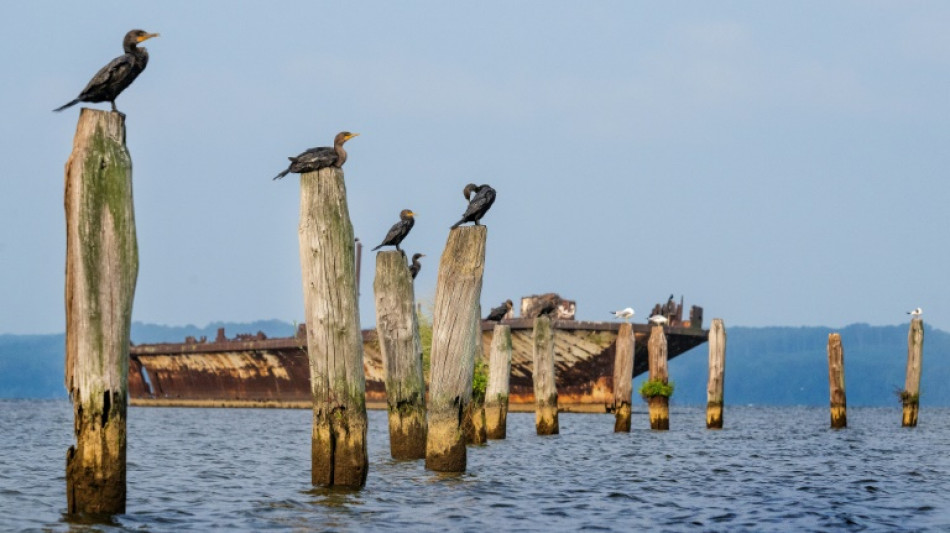

New research reveals where N. American bird populations are crashing
Birds are facing a population crisis, but a lack of high-quality localized data has made it difficult to understand the drivers behind specific declines and to craft effective conservation responses.
Now, a team of researchers has developed an innovative solution, combining vast amounts of data from a popular birding app with machine learning and advanced statistical methods to overcome the challenges posed by large-scale citizen science projects.
Their study, published Thursday in Science, reveals that North American bird populations are being hit hardest in their traditional strongholds, as rapid environmental shifts -- including climate change -- disrupt these once-reliable refuges.
"We have known for a long time that bird populations are declining," lead author Alison Johnston, an ornithologist and ecological statistician at the University of St Andrews, told AFP.
"What we aimed to do here was to look at better population trends in much more detail," she said -- data that is "a lot more tailored for conservation decisions and understanding what we can actually do on the ground."
A landmark 2019 paper also in Science found that North America had lost 2.9 billion breeding adult birds between 1970 and 2017 -- a net loss of nearly a third. The 2025 US State of the Birds report found continued declines in nearly every ecological biome.
Birds play vital roles in ecosystems, from pollinating plants and dispersing seeds to controlling pests.
Their loss disrupts food chains, undermines forest health, reduces crop yields -- and deprives people of the joy of watching species that have long been part of human culture.
But the threats are diverse: from prairie loss impacting Baird's Sparrows in the Midwest to Hawaiian birds threatened by rising seas and invasive predators, including cats.
Johnston and colleagues turned to eBird, an open-source project, analyzing 36 million observations spanning 2007 to 2021 across North America, Central America, and the Caribbean.
A major challenge with citizen science data is separating changes in bird populations from changes in how people watch birds.
The team overcame this with several innovations: using only checklists where observers recorded all species seen; accounting for variables like observation time and distance traveled; and applying a machine learning model that controlled for shifting birding behavior.
They validated the approach through thousands of simulations, ultimately focusing on 495 species for which the results proved reliable.
Unlike previous monitoring that tracked trends at the state or regional level, their analysis looked at plots 27 kilometers by 27 kilometers (17 miles by 17 miles) -- roughly the size of New York City.
Key findings included that 97 percent of species had both areas of increasing population and areas of decline, revealing hidden complexity.
Wood ducks for instance are declining in the Southeast US but thriving farther north, suggesting a climate-related shift.
The study also found that 83 percent of species are shrinking fastest in areas where they were most abundant, particularly grassland and aridland breeders.
The reasons aren't fully known, but one theory is that birds adapted to rich environments may be less resilient to rapid change than those evolved for harsher conditions.
Conversely, some aridland, forest, and generalist species are rebounding in parts of their range where they were once scarce -- pointing to pockets of opportunity.
The findings are already being used by wildlife agencies, for example in permitting wind energy projects to minimize impacts on species such as Bald Eagles.
W.al-Yousif--BT




